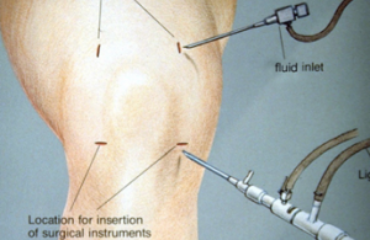Braces can be used for a whole host of injuries and conditions. You might have seen Rob Gronkowski’s bionic arm brace whilst watching the NFL, or a whole host of Olympic athletes with knee or arm braces to support injuries or prevent them. Now, however, new research suggests that wearing braces can significantly reduce the risk of ankle injuries like an ankle sprain or a break.
What is an ankle sprain or strain?
Strain and sprains are slightly different injuries that are often muddled up and used interchangeably. A strain is an injury to the muscle or musculotendinous junction whereas a sprain is an injury to the ligament. In a strain, a force applied to the muscle leads to overstraining of the myofibers (the component that makes up the muscle) which results in a ruptured muscle. The strains typically occur in what we call eccentric exercise (these are exercises where we slow down or stop).
How do you know you have a sprain/strain?
There are a number of symptoms that can point you in the right direction to knowing you’ve strained or sprained a muscle. These include:
- Usually, the injury will be done acutely ie during sport or after a fall.
- The area will be in severe pain
- There may be hot swelling
- There may be bruising in the area
Can bracing help prevent these injuries?
We know from the data that the riskiest sports for these sorts of injuries are usually indoor court sports where there are explosive starting and stopping movements. To investigate whether wearing a brace. A study published in the American Journal of Sports Medicine looked at how lace-up ankle braces (commonly offered at specialist sports clinics). The study looked at 1460 male and female basketball players from a number of high schools who were randomly assigned to wear a brace or not to wear a brace. The recorded the amount of time they played (injury exposure) and whether they suffered ankle injuries. They found that the rate of acute ankle injury (per 1000 exposures) was 0.47 in the braces group and 1.41 in the control group.
The researchers conclude by saying
“Use of lace-up ankle braces reduced the incidence but not the severity of acute ankle injuries in male and female high school basketball athletes both with and without a previous history of an ankle injury.”
The results are clear that bracing should be considered not just for treatment of an injury but also for prevention of injuries! If you or somebody you know is an athlete who would benefit from bracing like lace-up ankle bracing consider getting in contact with a specialist sports clinic today.


